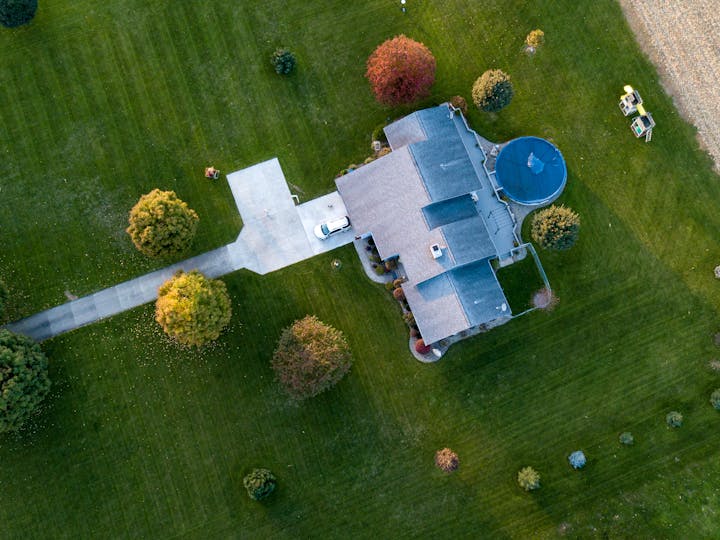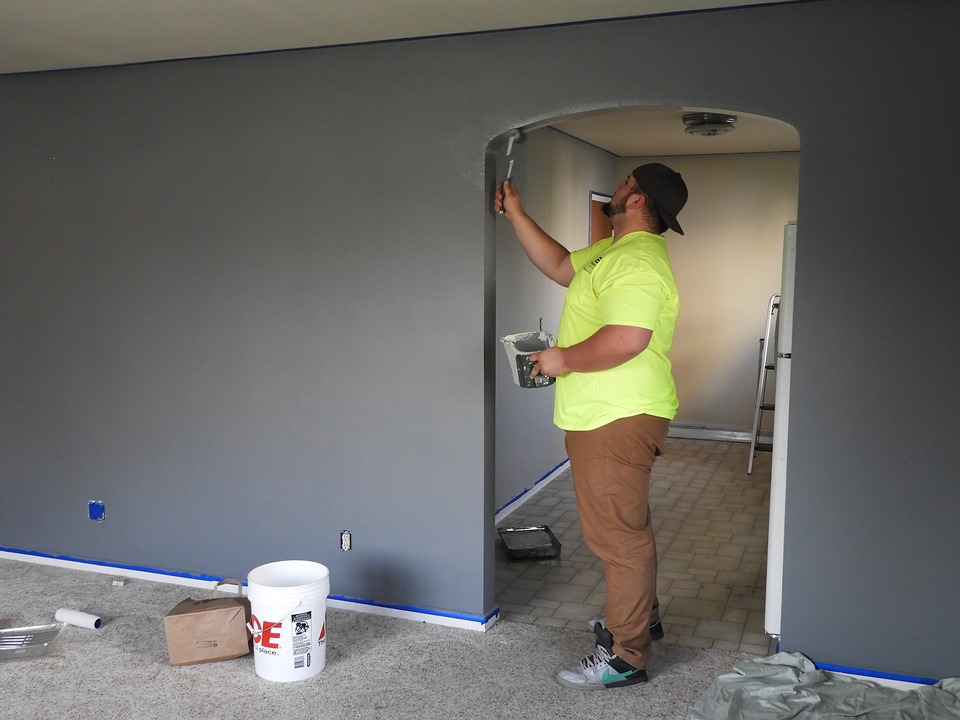For many homeowners, the roof only becomes a concern when water starts leaking inside. By that point, repairs are often costly and disruptive. Your roof is one of the most important parts of your home’s defense against the elements. Yet, it’s also one of the areas most overlooked when it comes to routine maintenance.
In regions with varied weather patterns, like Puget Sound, roofs face a constant cycle of moisture, wind, and seasonal temperature changes. This combination can cause problems if small issues aren’t caught early. Seasonal maintenance is not just about keeping your roof looking good. It’s about protecting your home from preventable damage, extending the life of your roofing materials, and saving money in the long run.
This checklist will walk you through what to look for in every season. Each step is easy to follow and will help you keep your roof in good condition year-round.
Preparing for Fall Storms and Heavy Rains
Fall often brings strong winds and heavy rain, both of which can expose weak points in a roof. Loose shingles, worn flashing, and clogged gutters can quickly turn into leaks when storms hit. Before the season begins, inspect your roof for any damage left from summer. Replace missing shingles and secure loose ones. Check that flashing is firmly attached and sealed.
Gutters should be cleared to ensure water flows away from the roof and foundation. This is also a good time to check attic insulation and ventilation, which help control moisture levels inside the home. A trusted Puget Sound roofer can complete any needed repairs before storms arrive, ensuring your roof is ready to handle the season’s weather. Addressing problems in advance is far less costly than dealing with emergency repairs after a storm.
Winter Readiness: Preventing Ice Dams and Snow Damage
In colder climates, ice dams form when warm air from the attic melts snow on the roof. The water runs down and refreezes at the edges, creating a barrier that traps more water. This can cause leaks under shingles and damage to the roof structure. Preventing ice dams starts with good attic insulation and ventilation. Insulation keeps heat inside your home, while ventilation allows cold air to circulate under the roof, preventing uneven melting.
After heavy snow, use a roof rake to remove buildup from the edges before it freezes. Avoid chipping at ice, which can damage shingles. If ice dams are a recurring problem, consider adding a water-repellent membrane under the shingles along the eaves. This extra layer helps protect against water infiltration if ice does form.
Spring Inspection: Checking for Winter Damage
Winter can be hard on any roof. Snow, ice, and strong winds often leave behind damage that isn’t always visible from the ground. Once the weather warms up, it’s the right time to take a closer look. Walk around your home and look for missing or broken shingles. Pay attention to the areas near the edges of the roof, as wind damage often starts there.
Check the flashing around chimneys, vents, and skylights. If flashing has shifted or is pulling away from the roof, water can seep in during spring rains. Look for areas where shingles appear loose or curled, as these are signs that they may need replacing soon. You should also inspect for any signs of moss or algae, which can spread quickly if left untreated. Early spring is a good time to deal with these issues before heavier rains arrive.
Summer Heat Check: Spotting Signs of UV Damage
Summer heat can be just as damaging to a roof as winter storms. Prolonged exposure to direct sunlight breaks down roofing materials over time. Shingles can become brittle, curl at the edges, or fade in color. This not only affects how your roof looks but also how well it protects your home.
During the summer, check for shingles that have warped or lost their granules. Granules are the rough surface layer that protects shingles from UV rays. If you notice bare spots, it may be time to replace the affected shingles. While you’re inspecting, look for signs of cracking in sealant or flashing. Extreme heat can cause these materials to expand and contract, which eventually leads to splitting. Catching these issues early will help maintain your roof’s strength through the rest of the year.
Removing Moss and Algae Before They Spread
Moss and algae can take root quickly in damp or shaded parts of a roof. While they may seem harmless at first, they can cause shingles to lift, leading to leaks. Moss in particular holds moisture, which can speed up the breakdown of roofing materials.
To remove moss and algae, start with a gentle cleaning method. A roof-safe cleaning solution can be sprayed on affected areas to loosen growth. After the solution has time to work, rinse it away with low-pressure water to avoid damaging shingles. Avoid scraping or using harsh tools, as these can cause more harm than good. Keeping nearby tree branches trimmed back will also allow more sunlight onto the roof, reducing the chance of moss returning.
Sealing Around Roof Penetrations to Prevent Leaks
Any point where something passes through your roof—like a chimney, vent pipe, or skylight—is a potential spot for leaks. The seals and flashing around these features can crack, warp, or pull away over time. Even a small gap can let in enough water to damage insulation, wood, and ceilings.
Inspect these areas closely in the spring. If the sealant looks cracked or worn, replace it before the rainy season begins. High-quality roof sealants are easy to apply and can make a big difference in preventing water entry. Pay special attention to metal flashing, which can bend or loosen during storms. Secure any lifted edges and ensure the flashing overlaps properly to direct water away from openings.
Attic Check for Hidden Leaks and Moisture
Not all roof leaks are visible from the outside. The attic is often the first place where signs of trouble appear. Every few months, inspect the attic for water stains, damp insulation, or signs of mold. These can indicate a slow leak that needs attention.
Moisture in the attic can also come from poor ventilation, which allows warm, moist air from inside the home to collect under the roof. Over time, this can cause wood rot and reduce the effectiveness of insulation. If you notice any issues, locate the source quickly. Fixing a minor leak or improving ventilation now can prevent more extensive damage later.
Seasonal roof care is one of the most effective ways to protect your home from preventable damage. By following a consistent checklist, you can spot small problems early, maintain your roof’s strength, and avoid expensive repairs. Each season presents its own challenges, from winter ice to summer heat, and regular attention keeps your roof ready for all conditions.
Investing time in inspections, cleaning, and preventive work pays off in the long run. It helps maintain the value of your home and ensures that your roof continues to do its job—keeping you safe and dry year after year.



